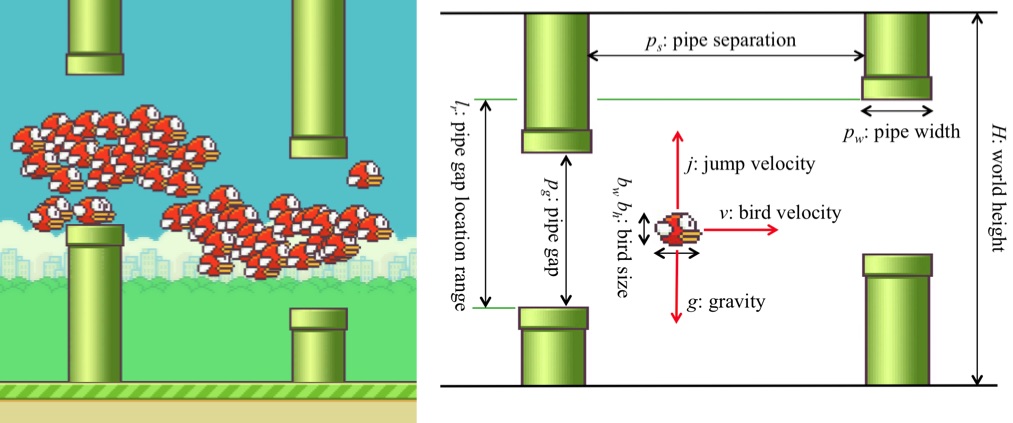Recall, for a moment, the heady summer of 2013, when Flappy Bird was all the rage, before its mysterious creator abruptly deleted the game from the Apple Store and went into hiding.
The appeal of Flappy Bird, a startlingly lo-fi, simple game, where players tapped their phone screen to have a bird float between pipes, was that it was obscenely difficult. No one was good. Players would die after just a few seconds over and over and over again. The popularity of the game turned to hatred of it. The whole affair induced feature pieces in WIRED and The Atlantic, among other publications on the Hanoi, Vietnam-based creator of the game, Dong Nguyen.
“Millions of people were downloading Flappy Bird at its peak, and Nguyen was raking in $50,000 a day from the pop-up ads that appeared during gameplay. But he also was under a constant barrage of messages, insults, requests for interviews, and even death threats,” WIRED reported.
But researchers at the NYU Game Center took another lesson from Flappy Bird, how it could have been changed simply to make it better.
Aaron Isaksen and Andy Nealen have a new project out about the simple physics of Flappy Bird, and with the help of simulations and modeling, have shown that tweaking just a few aspects of the game could have made it a lot more enjoyable for people to play. The lesson here is not for Dong (who now has another game out) necessarily, but for all game designers.
“To help designers explore game space and better understand the relationship between design and player experience, we present several methods to find games of varying difficulty,” Isaksen and Nealen write.
Most simply, they show how changing attributes like bird flying speed, gravity, pipe width and pipe spacing (among lots of others) could dramatically change the play of the game. Adjusting these attributes like gravity and jump velocity, and simulating repeatedly, the researchers plotted out a graph of game duration outcomes that ranged from impossible to easy. In the middle, a sweet spot of a very playable game.

This seems like valuable research by Nealen and Isaksen, but we had one nagging hesitation. It wasn’t the gameplay that attracted people to Flappy Bird in the first place. There are a million simple games in the App Store, and many of them have better art and responsiveness than Flappy Bird did. What made it an infamous success was exactly what the research attempts to eliminate, which is how infuriatingly hard the game was.
Moreover, we think that … wait, hold on, I absolutely cannot crack the top 10 in slither.io and it’s making me crazy, I’ll come back to this post later…







